Timeline: Taliban's Sweeping Offensive
With the exit of US-led foreign forces in Afghanistan near completion, the Taliban has ramped up its offensive, capturing half the country's districts and border crossings and encircling several provincial capitals.
A recap since the sweeping offensive began in May:
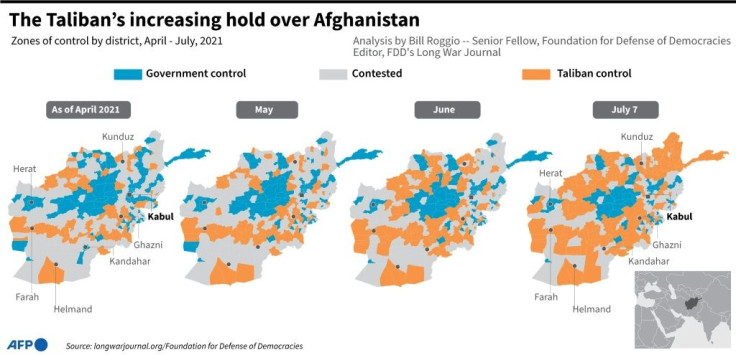
At the start of May, NATO begins a concurrent withdrawal of its mission in Afghanistan involving 9,600 soldiers, 2,500 of which are American.
Intense fighting breaks out between the Taliban and government forces in the southern Helmand province and the insurgents capture Burka in northern Baghlan province.
A bomb blast outside a girls' school on May 8 in Kabul kills 85 mostly girl students in an attack, the deadliest in a year, that is not claimed by any group but blamed on the Taliban.
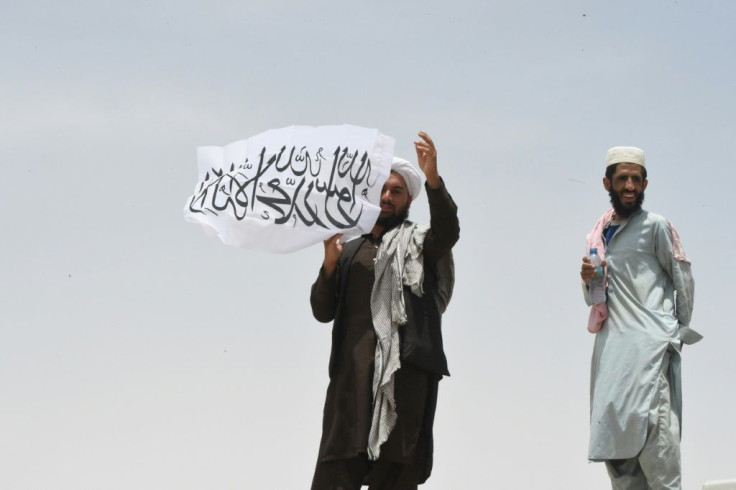
Mid-May, US forces withdraw from the air base in Kandahar, one of the largest in the country.
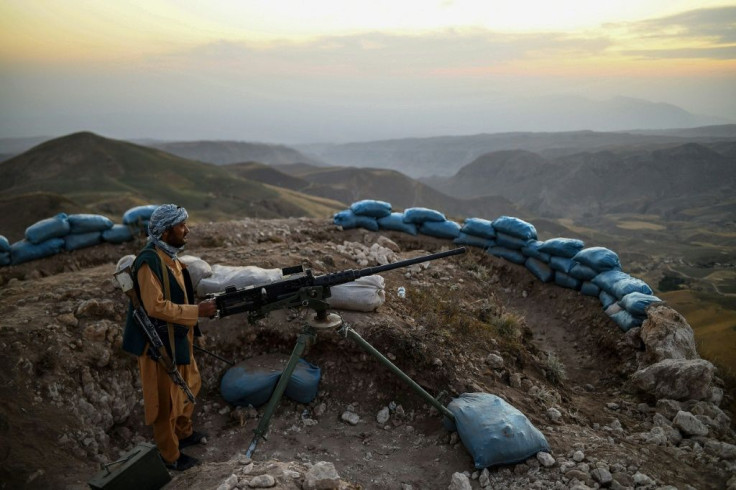
The insurgents seize districts in Wardak province, 40 km (25 miles) from Kabul, and take control of districts in restive Ghazni, a key province between two roads connecting Kabul to Kandahar, the second-largest city.
In mid-June, the Taliban claim to have captured several districts in the northern provinces of Faryab, Takhar and Badakhshan, forcing military leaders to strategically retreat from a number of areas.
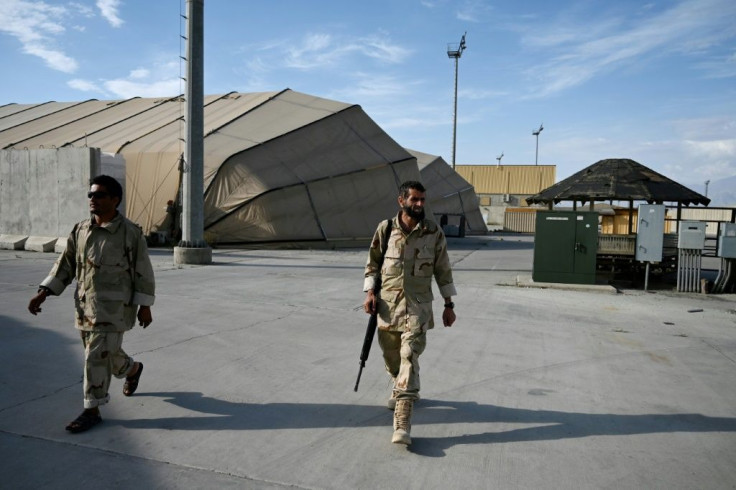
The Taliban takes control of the main Shir Khan Bandar border crossing with Tajikistan, prompting the country on June 22 to check the combat readiness of its armed forces.
The insurgents seize other routes to Tajikistan too, as well as the districts leading to Kunduz, capital of the province of the same name, about 50 kilometres from the Tajik border in northern Afghanistan.
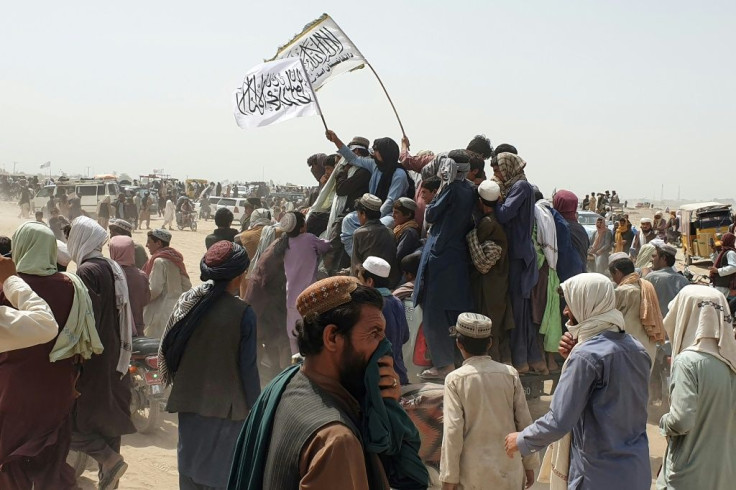
Officials on July 2 announce the departure of all US and NATO troops from Bagram, Afghanistan's biggest air base, which served as the linchpin for US-led operations in the country for the past two decades.
Two days later, the Taliban seize the key district of Panjwai in Kandahar, their birthplace and former bastion.
The Taliban announce on July 9 they have captured Afghanistan's biggest border crossing with Iran, Islam Qala, one of the major ports through which Kabul conducts most of its official trade with the Islamic Republic.
Afghan authorities say on July 11 they have installed an anti-missile system at Kabul airport to counter incoming rockets.
Days later on July 14, the insurgents took control of Spin Boldak border crossing with Pakistan, also a key trade route between the two neighbouring countries.
On July 22, the insurgents claim they now control 90 percent of Afghanistan's borders. Earlier in the month, they said they controlled 85 percent of the country's territory, figures disputed by the government and impossible to independently verify.
Three days later US General Kenneth McKenzie, head of the US Army Central Command, says the US military will carry out more air strikes in support of Afghan forces and to stem the Taliban offensive.
In a sharp escalation over the weekend, the Taliban offensive focuses on urban centres. Overnight the insurgents assault at least three provincial capitals -- Lashkar Gah, Kandahar and Herat.
On Monday, the government announces the deployment of hundreds of commandos to the area of Lashkar Gah in a bid to stop a first major city from falling to the Taliban.
The capture of any major city would take the Taliban's offensive to another level and fuel concerns about the ability of the Afghan military.
© Copyright AFP 2024. All rights reserved.





















